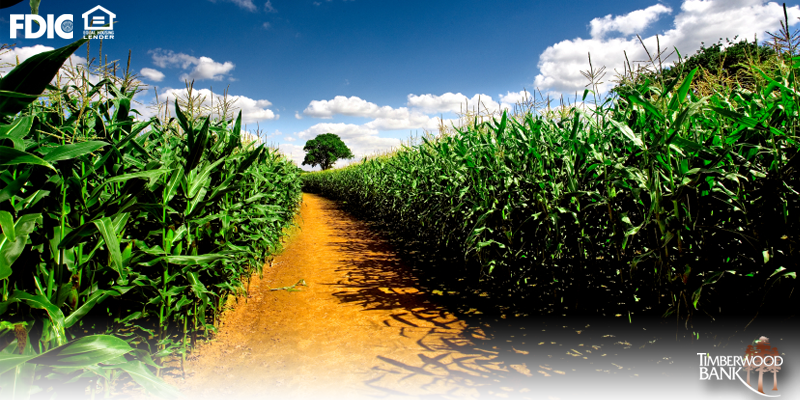
A successful retirement plan involves extensive planning and lots of patience. Once accomplished however, you gain the benefit of watching your finances work for you! The average age of retirement is climbing. Currently averaging at age 62, reports speculate that the average retirement age may increase to 75 for recent graduates facing mountains of student debt. As in any successful game plan, the key is to have an effective and feasible strategy, here’s how to begin.
Start Saving Now
Even if it’s just a little at a time, saving 6% of your earnings annually can begin to set you up for a lofty retirement. Did you know if you save even 10% of your annual income you could save $1,555,000 and retire at age 70? (Based off of median salary of $45,478 and $35,051 in student loan debt.) Dig a little deeper and see what savings potential you have!
Hop on that 401k ASAP
Tucking away pre-tax money is like being asked if you want a puppy as a child, the answer is always yes! By using this valuable system you are able to put a percentage of your annual salary away without having to pay taxes on it that year. Generally employers may match a percentage of your contribution, so if you put 6% of a $45,000 salary ($2,700) into a 401(k), and your company contributes 3% additionally ($1,350), you would yield a yearly contribution of $4050 towards your retirement! Another perk of utilizing a 401(k) is the change in your taxable income. The amount that you invest in your 401(k) is deducted from your taxable income reducing the final amount you pay on your yearly income tax. (Example: $45,000 – $4050 = $40,950)
Grow a Diverse Portfolio
Ensuring your finances’ diversity is a large component to a successful retirement. The saying “Don’t put all your eggs in one basket,” is the epitome of investing. By creating an investment plan that entails stocks, bonds, equities and more you are able to gain the benefits and financial buffers that each individual product provides. Additionally this allows you optimize your savings, ensuring the gain and profit generated from each asset goes towards to your growing retirement fund.
Use these simple tips from Timberwood Bank to help bolster your retirement nest egg! Stop in or give us a call at (608) 372-2265 to learn more today!




